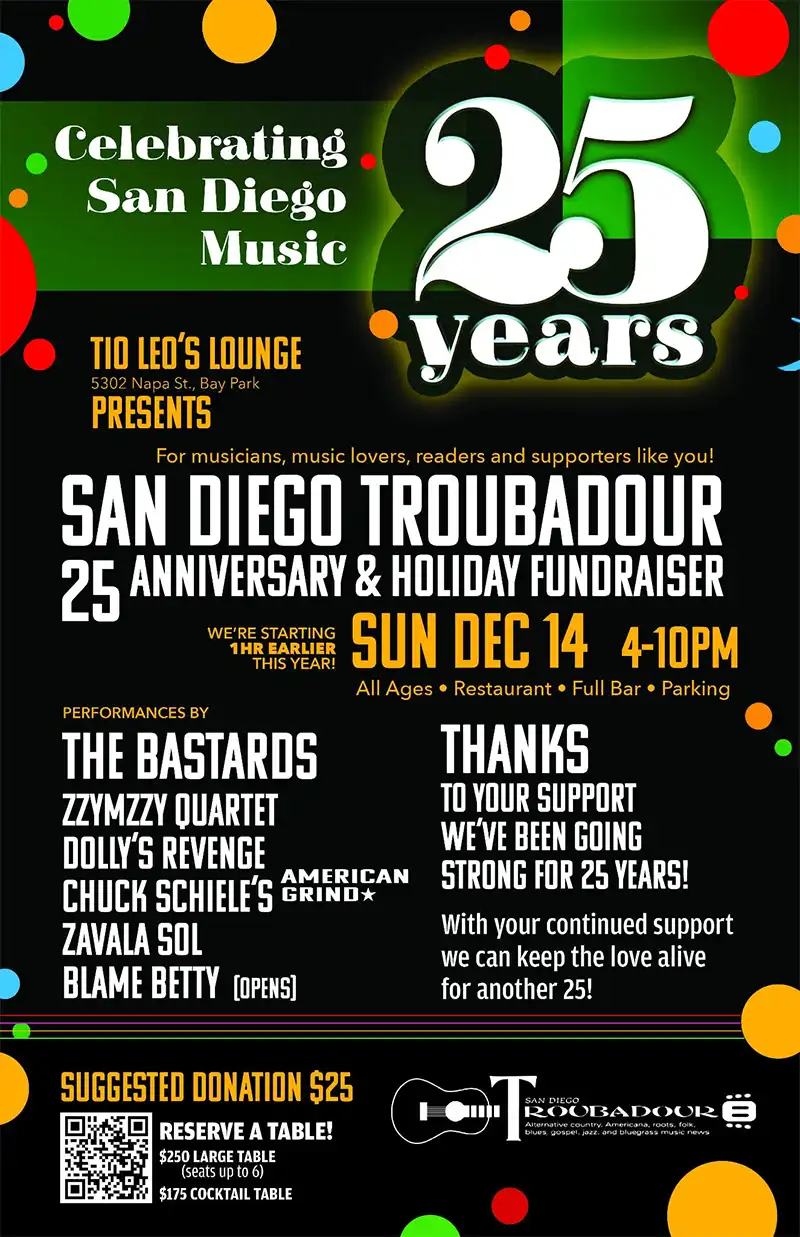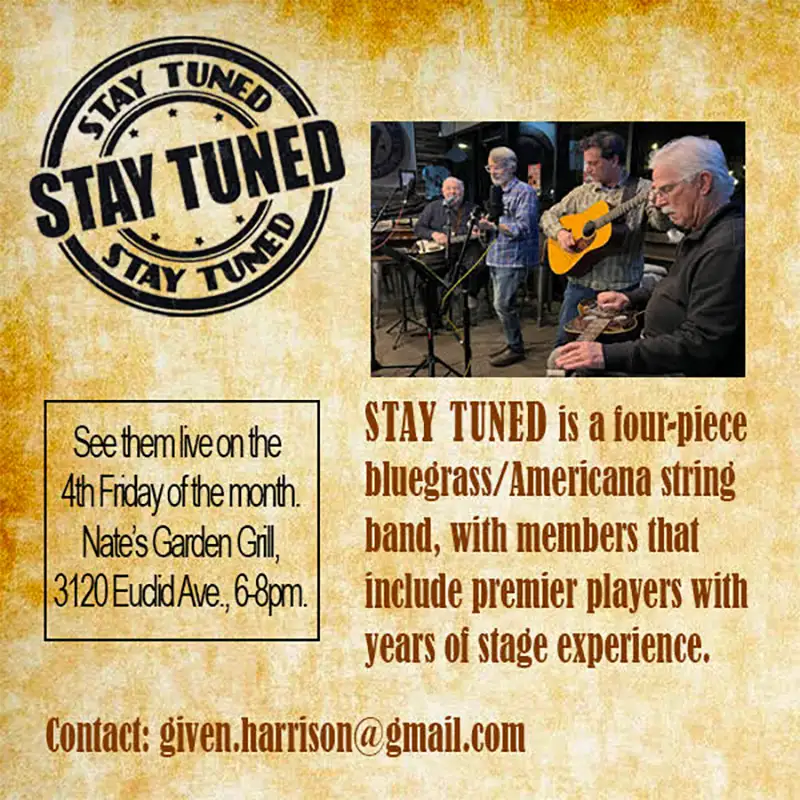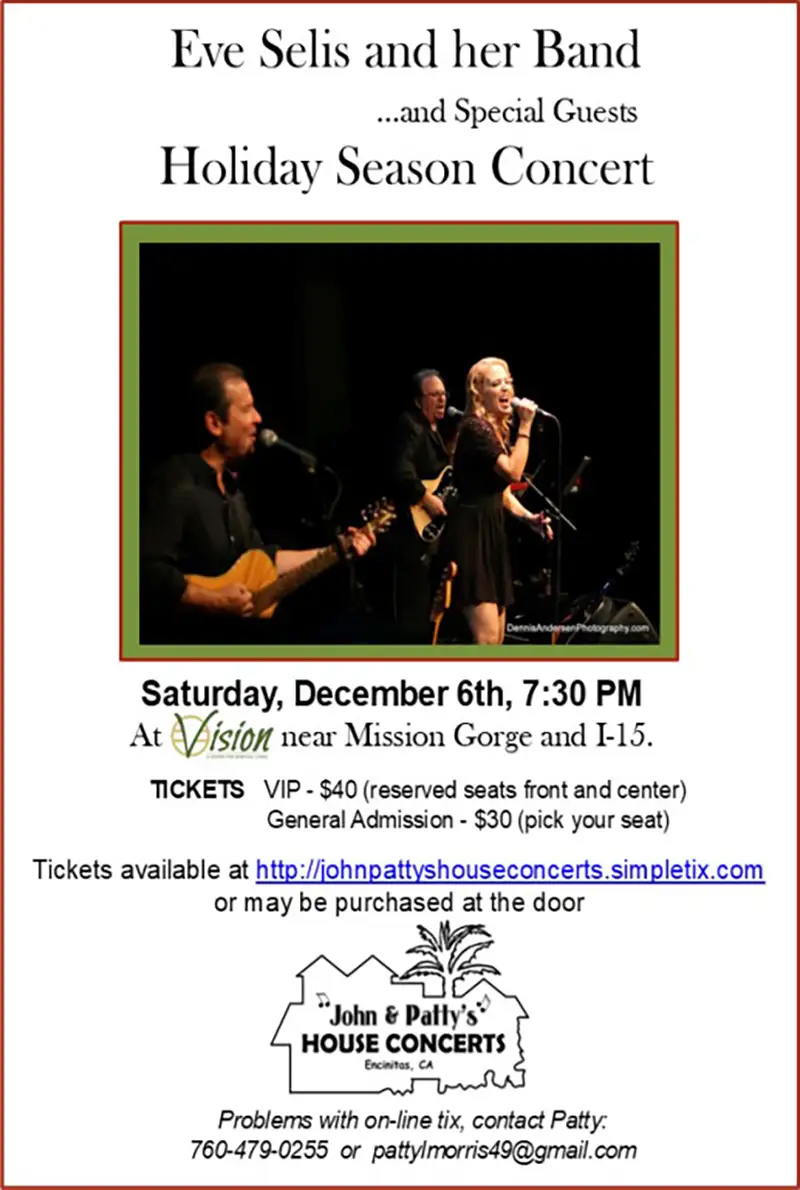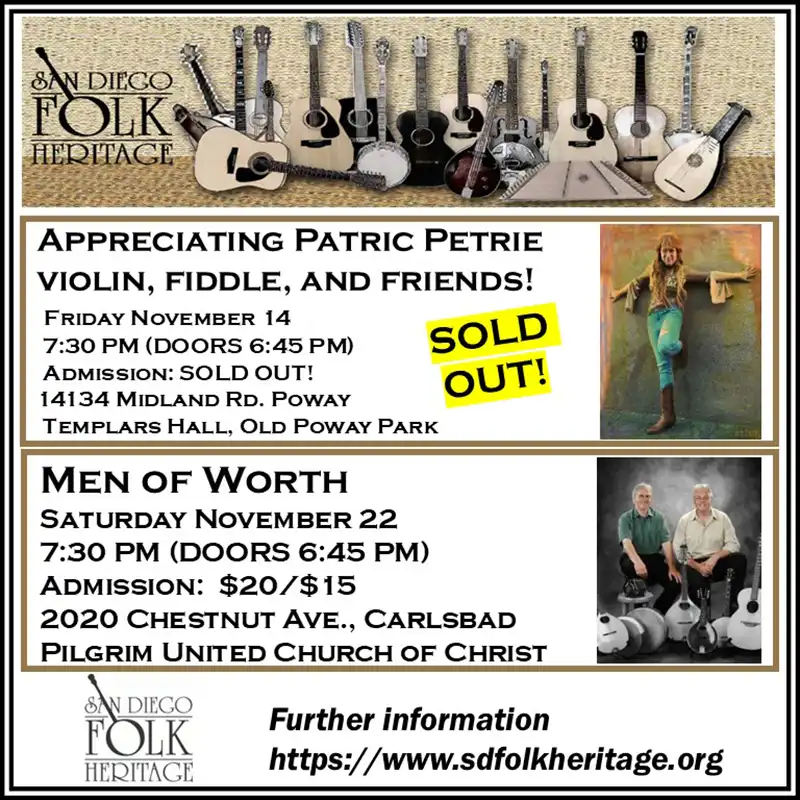Yesterday And Today
Mystery, Murder, Mayhem, and Magic: Ecstatic and Overstimulated at SXSW 2014
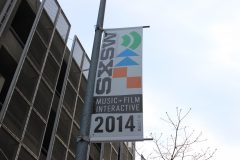
Photo by Jon Kanis
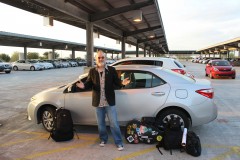
The author in Austin.
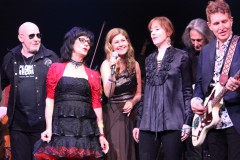
Lou Reed Tribute with Cheetah Chrome, Rosie Flores, Louise Goffin, Suzanne Vega, Lenny Kaye, and Steve Wynn. Photo by Jon Kanis.
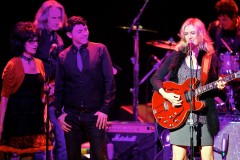
Cindy Lee Berryhill plays at the Lou Reed Tribute. Photo by Jon Kanis.
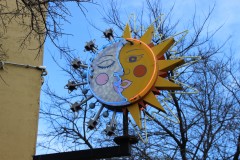
Photo by Jon Kanis.
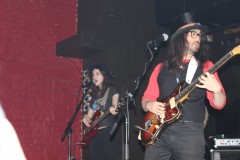
Charlotte Kemp Muhl and Sean Lennon at SXSW. Photo by Jon Kanis
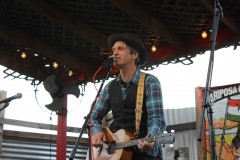
Steve Poltz. Photo by Jon Kanis.
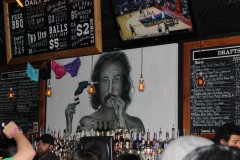
The spirit of David Crosby is alive in Austin! Photo by Jon Kanis.
Austin, Texas–South by Southwest (SXSW). The world’s largest music industry conference celebrated its 28th year of existence last month and like any ambitious young person seeking to make their way into the wider world, it is clearly experiencing a number of growing pains. Astrologically you could call it the Saturn Return of SXSW. And in that precise sense you could also say that it’s time for a huge wake up call within the industry to reevaluate the role that music plays in the world of art, commercialism, information, and entertainment.
What started out in 1987 as a quaint, regional forum, unspoiled by the trick-turning of commerce, has exploded into a colossal giant of a consumer circus, with multi-national corporations co-opting the essence of the event and turning it into a marketing opportunity to expand their demographics, regardless of whether those companies have anything to do with music or the entertainment industry. The original idea behind SXSW was to provide a platform for relatively obscure and unsigned bands to expand their audience and potentially grab that elusive brass ring of a recording contract — a goal that was at one time considered synonymous with “making it” as a musician. And while that romantic notion still exists for some, at the heart of the conference there is a prestige aspect by appearing at SXSW — as this is definitely the place to be seen. However, with the glut of musical acts these days, what kind of absurd fantasy must you entertain to believe that out of 15,000 artists simultaneously on display that somehow your band is going to stand out amongst so many? Ostensibly a music conference, SXSW went through a radical reinvention when it added the emerging technological elements of film, media, and interactive — where the brightest minds of the internet network with scores of entrepreneurs and end users in the virtual world of websites and video gaming. So it is clearly not just about the music any longer.
To demonstrate just how much the music industry has changed since the inception of SXSW, the most popular attraction on day one of the music panels (Tuesday, March 11) was the perpetually inventive Neil Young, making a pitch for his latest business enterprise: the Pono digital music player and online store. His endearing presentation was in tandem with a Kickstarter campaign that had a goal of raising $800,000; in less than a week the campaign had already raised over four million dollars.
Young made a compelling presentation, similar I imagine to when he reinvented Lionel, LLC, the model train company in which he has a 20 percent stake. “Thank you for being here today and for supporting this idea, because rescuing an art form is not something that is really of a high consideration to many of the people in the investment community.”
Young spent an hour describing his journey through the technology that took us from analog recording in the ’50s and ’60s, and into the digital realm of the ’80s to the present day. And he emphasized how MP3s approximate a mere five percent of the data that is contained on the master reel of most analog recordings. For 30 years we have been using extremely antiquated technology and Young’s Pono system is an attempt to make the convenience and clarity of digital be as warm and fulfilling as the analog experience of vinyl. And by the looks of his Kickstarter campaign he has gained the trust of the greatest venture capitalists possible: namely other fellow music lovers, and that is capitalistic democracy in action.
**********************
After spending a week in Austin I am left wondering: is there such a thing as a “pure” artist any longer? In centuries past artists were subsidized by patrons in order to survive. But to eat and pay the rent these days there seems to be a form of artistic prostitution going on within the music industry, and it’s alarming by how accepted that dynamic has become. Los Angeles Times pop music critic Randall Roberts writes “Gag me with a Samsung” (one of the major sponsors at SXSW) when quoting keynote speaker Lady Gaga, who is attempting to perpetuate the delusion that “without sponsorships, without these companies [like Doritos] coming together to ‘help us,’ we won’t have any more artists in Austin. We won’t have any more festivals, because record labels don’t have any money.”
That rationalization of corporate whoredom is the reason why many people might be staying away from SXSW next year and long into the foreseeable future. Greg Dohler, drummer with the Baltimore, Maryland post-punk/noise pop band Small Apartments has been coming to the event for the past five years with his wife Cindy France and they both said they would definitely be taking next year off. “Everything that we love about the festival is just being taken over by all the corporate stuff and it’s just gotten too big,” says Dohler.
“It reached a tipping point for us this year in terms of the crowds and the marketing presence, so we’re not planning to return. It makes me sad because at its best, SXSW is an incredible celebration of new and old in music. This year I was blown away by a young British band called the Wytches, but I was just as thrilled during a panel to watch James Williamson of the Stooges demonstrate how he wrote ‘Search and Destroy.’ There is a magical connecting of the musical dots across generations that I have always appreciated at the festival, but this year there were just too many obstacles to enjoying the music.”
When SXSW first started Austin, Texas was a relatively obscure college town, the state’s capital that plays host to the University of Texas. With a fluctuating population of close to a million inhabitants, Austin has, over the past 25 years, easily become the musical mecca of the United States, with hundreds of local musicians performing every night of the week in countless bars, cafes, restaurants, clubs, theaters, and block parties. The competition is fierce and rising to the top of this particular scene requires not just plenty of talent, but also lots of street hustle and the ability to network and become well connected in a community where nearly everybody is hip, handsome, stylized, and bona fide.
If you’re looking for a quiet little place to settle down, Austin isn’t it. And if you’re seeking a moment of peace and quiet then be sure to stay clear of the greater downtown Austin area during SXSW, because you’ve never seen more drunken debauchery in your life. San Diego’s defunct Street Scene festival at its most raucous doesn’t hold a candle to SXSW — as a matter of fact, add New Orleans’ Mardi Gras to your most frantic Street Scene memory and maybe you will have an approximation of what SXSW has grown into.
**********************
So why was I in Austin for SXSW 2014? It all began innocently enough when Raul Sandelin, director of A Box Full of Rocks: The El Cajon Years of Lester Bangs asked me if I wanted to go to SXSW to film and conduct interviews for his follow up documentary titled The Rock Bards. Instead of focusing on a singular figure, this film will feature a diverse canon of rock journalists who were active during that classic heyday of gonzo-esque journalism, circa 1966 to 1981 — a period that begins with rock’s first intelligent publication, Crawdaddy!, and book ended by the advent of MTV. After committing to the assignment I didn’t quite realize what I had signed on for. When I checked out the official SXSW website I found myself both excited and somewhat trepidatious. But my concerns melted away and I embraced the adventure that lay ahead.
I had grown oblivious to the evolving character of SXSW and didn’t realize how much it had changed since I was last in attendance (March of 1992) when SXSW was only six years old. I arrived in Austin on the Greyhound with only an acoustic guitar and a backpack, hawking my first EP Walk Without Me. I was touring the United States and Europe as a gigging musician for the first time, seeking fortune, fame, and experiential wisdom — and it was truly humbling to discover what it takes to make it as a professional musician. Thanks to the mentorship of songwriter and musician Peter Case (whom I joined on a 50-city tour later that year, as road manager and opening act) I gained even more insight. I also spent an evening with the late, great folk musician Bill Morrissey when he played at Marcia Ball’s establishment La Zona Rosa. Bill ended up borrowing my guitar to perform his set when the club did not have one per his contract rider (I still feel the resonance of his superb mojo every time I play). Typifying the frenetic pace of SXSW, Bill had his five-piece band waiting for him in Dallas, where he popped down to Austin on a commercial flight and zoomed over in a limo to play his set. Then it was back to the airport so he could reunite with his band and play his gig in Dallas later that evening. That is the speed that things happen at SXSW. After Bill’s set I trucked over to The Terrace where I witnessed an amazing gig with John Trudell/AKA Graffiti Man, Michele Shocked, and the magnificent Timbuk 3 at the height of their power. The guys in AKA Graffiti Man befriended me and gave me a ride in their van back to my lodgings afterward. The camaraderie that exists among Austin musicians was something I had rarely experienced and I would find out over the next two plus decades that such a night is emblematic of the Austin music community.
**********************
So, it was a whirlwind of a time with plenty of highlights and by the end of the week my feet were absolutely killing me from all the walking and standing. But rock and roll is not a spectator sport — you gotta participate.
My first priority was to capture material for the documentary, and to that end I shot some great footage, starting off with a panel led by San Diego musician Cindy Lee Berryhill honoring the legacy of her late husband Paul Williams and Crawdaddy! magazine, featuring music journalists Ed Ward, David Fricke, Ann Powers, and Paula Mejia. The camera also captured wonderful interviews with former CREEM editors Billy Altman and John Morthland, rock journalist for the Austin Chronicle Tim Stegall, Lincoln Journal Star arts and entertainment writer Kent Wolgamott, and Lester Bangs biographer (Let It Blurt) Jim DeRogatis. Intelligent, insightful, and humorous conversations were also captured with Ward and Mejia. There was a fun panel titled “It’s Only Rock ‘n’ Roll: Fifty Years of the Rolling Stones” that featured John Doe (of X), Ian McLagan (Small Faces, the Faces, and Rolling Stones) and the MC5’s Wayne Kramer. Their stories were highly entertaining.
I met dozens of compelling personalities along the way and heard some truly amazing music throughout the week. Musician Jim Basnight (who is producing a Sonny Boy Williamson documentary) was a joy to hang out with as well as Mark Bjerke, a promoter for the We Fest country and western festival, which happens every August out of Detroit Lakes, Minnesota. Plenty of people were at SXSW promoting their latest projects: I ran into photographer Bob Gruen, who was signing copies of his Rock Seen book and I spoke at length with the legendary Robert Gordon who was on hand to promote his latest tome Respect Yourself: Stax Records and the Soul Explosion. He generously inscribed my copy with: “For Jon — Great films in the Stax Museum!” referring to the five shorts on permanent display that I co-directed in 2004. I can’t wait to read the book and review it for the next issue of Ugly Things magazine (or as Robert wrote on Facebook “Stax for Mike Stax! Perfect.”).
There was an opportunity to reunite with many of my fellow musicians and songwriters from the Sturgeon Bay, Wisconsin Steel Bridge community who were performing at SXSW this year: Pat MacDonald and Melaniejane from Purgatory Hill; Liv Mueller (who just relocated to Austin from Milwaukee); Ruby James, Stephen Cooper, Vee Sonnets, Gregory Roteik and Zach Vogel of WIFEE and the Huzzband; Dan O. Stoffels, Ellie Maybe and Geri Micheva of the Geri X band; Brett Newski, Walter Salas-Humara, and Alex Mitchard were also on hand playing music and supporting their friends.
Every day and evening had something truly special going on: Tuesday night it was seeing San Diego’s Octagrape at the Lit Lounge Upstairs (bassist Otis Barthoulameu, aka “O” of fluf fame sat next to me on the flight out to Austin and regaled me with one hilarious road story after another). Right before Octagrape was a rocking trio from San Antonio, Texas called the Rich Hands. Between bands I dashed across Sixth Street to the venue Friends for their “Sounds From Chile” showcase and caught the amazing Nano Stern, a folksinger from Santiago who completely captivated the room. I then drove south on Congress Avenue across the Colorado River to catch the Steel Bridge reunion at the Swollen Circus show at the Continental Club.
Wednesday night Cindy Lee Berryhill’s five-piece Garage Orchestra performed a tight set of great new songs at Esther’s Follies. Thursday night Louise Goffin was at the Paramount Theater (with bassist Tom Freund and percussionist Elsa Chahin) performing a fabulous eight-song set of material from her forthcoming album Songs From the Mine. Friday it was back to the Paramount to see a truly once-in-a-lifetime experience: the official SXSW tribute to the recently departed Lou Reed, who passed away last year on October 27. The backup band included guitarist Lenny Kaye and bassist Tony Shanahan from the Patti Smith Group, guitarist Ivan Julian from the Voidoids, and Blondie/Plimsouls drummer Clem Burke. This three-hour-plus performance deserves a glowing review all on its own. It was magical and mystical, with a lot of love in the room for Mister Reed — a night to remember for sure.
On Saturday I spent much of my time south of the river, catching the Geri X band at Aussies Bar & Grill before going to the Whip In to see Louise Goffin and Tom Freund (on the inside stage) and catching the marvelous Patrice Pike and Steve Poltz on the outside stage. Everyone was dynamic, energetic, and spot on with their performances. I left with a huge smile on my face before navigating the labyrinth of partitioned one-way streets and endless traffic. Just after losing the light during my interview with Kent Wolgamott at the Convention Center, I went over to the club Parish on Sixth Street to catch Sean Lennon and Charlotte Kemp Muhl’s quintet, the Ghost of a Saber Tooth Tiger. They performed a tremendous eight-song set, concluding with an intensely rearranged version of the Syd Barrett classic “Long Gone.” I can’t wait for their new LP to be released this month.
By the time GOASTT had finished playing I was pretty much toast but I still headed over to the Star Bar where Geri X and Brett Newski were playing. After helping them load up their van I grabbed a plate of Blue Ribbon Barbeque and walked the many blocks back to my car. By this time the downtown Saturday night vibe was positively roaring with revelers and I was done with that energy and feeling absolutely fried. That didn’t stop me however from driving south of the river once again to the Continental Club to see local heroes Jon Dee Graham and the Fighting Cocks (his final song “Do Not Forget!” is pure rock ‘n’ roll street poetry). It was then over to the Saxon Pub on Lamar Blvd. to catch JD Wilkes and the Dirt Daubers (from Paducah, Kentucky) before seeing former Dead Boy Cheetah Chrome at 1 a.m. to close out the night and the SXSW festival with a loud and rocking set with his super fine quartet. I cut out after saying my goodbyes to several new friends and managed to squeeze in one last round of drinks back at the Aussie with my soul brother Dan O, where we closed the bar, and then it was back to the hotel to collapse and prepare for the two interviews that I had scheduled for the following day.
Of course it wasn’t all fun and games at this year’s SXSW and that was reflected in the 7 a.m. Thursday morning phone call from The Rock Bards’ producer Ed Turner to find out if “I was all right.” I had planned on seeing X at the Mohawk the night before and I have Billy Altman to thank for my not being present — as I wanted to be well rested for our interview at 10:30 a.m. the next morning. I went to bed oblivious to the fact that half past midnight, 21-year-old Rashad Owens had crashed the barricades at Fourth Street and Red River, fatally mowing down two people on a moped and a bicycle, and injuring 21 other pedestrians on the sidewalk. A week later a third fatality was added to the list of casualties. Owens has been charged with capital murder and aggravated assault after the aspiring rapper panicked and drove the wrong way down a one-way street after being stopped by Austin police for not having his headlights on. His blood alcohol content was registered at 0.114. The incident cast a pall over SXSW for the remainder of the week.
Tim Stegall: “I was covering X last night at the Mohawk and standing up in the balcony and I saw the hit and run thing happen on one side of me and X was on the other. And my mind might be playing tricks on me but I swear X was playing “Johnny Hit And Run Paulene” as the car went crashing through the barrier.”
As for how SXSW has changed over the years, journalist John Morthland offers this perspective: “I came here in 1985. SXSW has always grown. Film came along a few years later and Interactive right after that so now there’s this nine-day run. Interactive is bigger than music now in terms of number of registrants. The original South by Southwest was just music but it also took place during spring break because that’s when all the students were out of town so it kept the clubs busy. But as the conference has grown there’s been more and more of these day parties and a few years ago it started getting really big. That’s when you started getting your Fader Ford and the Rachael Ray Picnic. And what’s happened now is people come here for spring break, which is completely the opposite of the way things started. What you have now is all these additional events during the day and at night in clubs that are not SXSW events and all of these are private concerns. You saw Doritos this year — some of the very biggest events are these corporate events that have nothing to do with music but they come because this is where everyone is. And so, as a result, it just keeps attracting more and more people and then more and more non-SXSW events start taking place and it’s been snowballing that way for quite awhile. You notice a real difference in these last three or four years. It’s been very tense and it’s hard to have much fun, truthfully. There’s just always this sense that something’s going to happen. And, of course, this year something really bad did happen.
“So all these extraneous events — that’s not South by Southwest. To hold those events corporations have to go to the city of Austin to get permits and the city is going to have to start looking at its own role in all of this. Whenever something happens most people don’t make that distinction. The city is going to have to look into its own heart, it’s going to have to cop to its role in this kind of chaos and make the same kind of compromises and accommodations that it expects SXSW to make. [Because] it’s grown too much for that to be workable any more.”
**********************
The official SXSW tribute to Lou Reed, Friday, March 14, 2014
“Sweet Jane” Alejandro Escovedo & Richard Barone
“Cool It Down” The Bizarros
“Romeo Had Juliet” Cheetah Chrome
“Femme Fatale” Cindy Lee Berryhill
“Vicious” BP Fallon with the Strypes
“Oh! Sweet Nuthin” Bobby Bare Jr.
“I’m Waiting for My Man” Garland Jeffreys
“Perfect Day” Louise Goffin
“I Love You Suzanne” Rosie Flores
“Waves of Fear” The Fauntleroys
“Coney Island Baby” Steve Wynn and the Miracle 3
“Candy Says” Sharon Needles
“Smalltown” Joe Dallesandro
“White Light White Heat” Alejandro Escovedo and Richard Barone
“All Tomorrow’s Parties” Richard Barone with Cindy Lee Berryhill
“Rock and Roll Heart” Chuck Prophet
“Sally Can’t Dance” Jesse Mallin
“Real Good Time Together” The Fleshtones
“Walk on the Wild Side” Suzanne Vega
“Kill Your Sons” Wayne Kramer
“Pale Blue Eyes” Lucinda Williams
“Run, Run, Run” The Black Lips
“Sister Ray” The Baseball Project
“Satellite of Love” Spandau Ballet
“What Goes On” Sean Lennon
“I’ll Be Your Mirror” Richard Barone
“Street Hassle” Alejandro Escovedo with Louise Goffin
“Rock and Roll” Everyone
**********************
A postscript: travel is so vitalizing but it’s really nice to be back in San Diego and I feel totally inspired by all of the great musicians and journalists that I was able to share time with. It’s time to get back to work and finish up the last remaining chapters of my first anthology, Encyclopedia Walking: Pop Culture and the Alchemy of Rock and Roll (available in print this June) and continue working on my latest solo album Fundamentalism Is the Only Way (co-produced with the mind-bogglingly gifted Christopher Hoffee). Be sure to stay tuned for further developments with The Rock Bards project and a full-length, 15-song soundtrack is due to arrive by summer for the A Box Full of Rocks documentary. To quote Almost Famous’ William Miller: “It’s all happening.”


